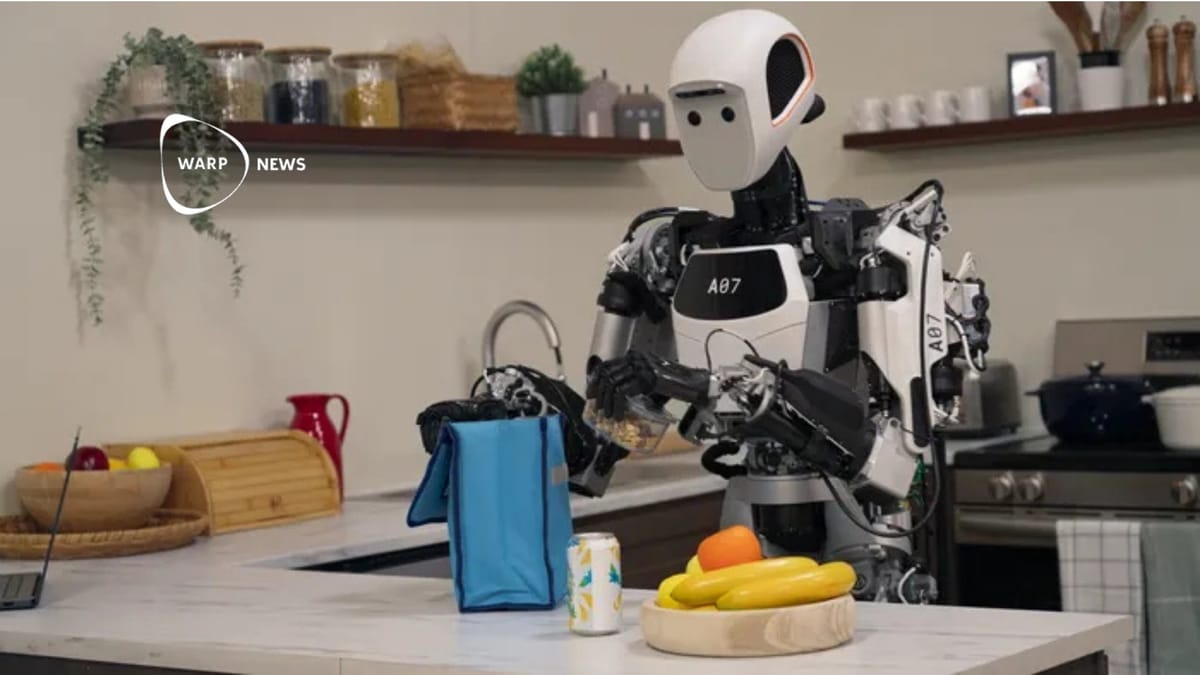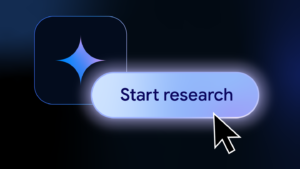🤖 Generative AI Empowers Robots with a New Understanding of the World

Generative AI: Transforming Robots’ Understanding of the Physical World
Google DeepMind has unveiled an exciting advancement in robotics by integrating its multimodal language model, Gemini 2.0, into robotic systems. This development is revolutionizing how robots understand and interact with the physical world, effectively giving them an AI-driven brain that functions similarly to human cognition.
What is Gemini 2.0?
Gemini 2.0 stands out as a cutting-edge generative AI model capable of processing and interpreting various types of media, including text, images, audio, and video. Historically, this technology was predominantly confined to digital environments. However, with the introduction of Gemini 2.0, robots can now leverage this technology to execute complex tasks in the physical realm, significantly enhancing their functionality and versatility.
Enhancements in Robotic Capabilities
Generative AI is redefining what robots can do. Here are five notable examples of how this technology is improving robots’ abilities:
- Task Comprehension: Robots can now perform tasks like packing snacks into bags by understanding the job through natural language instructions, even if they haven’t received specific training.
- Adaptive Response: If an object slips from their grasp, robots equipped with generative AI can quickly recalibrate their actions and continue their work seamlessly.
- Language Understanding: Robots are now capable of interpreting and responding to commands in everyday, conversational language, making them more user-friendly.
- Intuitive Manipulation: When shown objects, such as a coffee mug, robots can understand how to handle items safely, showcasing their ability to process visual cues.
- Complex Problem Solving: With generative AI, robots can follow intricate instructions, such as folding origami, which requires precise, multi-step actions.
Core Capabilities Fueled by Generative AI
DeepMind has identified three fundamental abilities that generative AI brings to robotic systems:
- Generality: Robots can adapt to new environments and challenges, greatly enhancing their problem-solving capacity. This adaptability doubles their performance compared to prior technologies.
- Interactivity: The AI enables robots to engage with users intuitively. They can understand spoken instructions, stay aware of their surroundings, and modify their actions based on real-time feedback.
- Dexterity: Enhanced dexterity allows robots to handle complex tasks that involve intricate movements and delicate operations.
Versatility Across Different Robot Platforms
One of the remarkable advantages of generative AI is its flexibility across various robotic platforms. Initially developed using the ALOHA 2 two-armed robot, Gemini 2.0 has demonstrated success in controlling other types of robots used in academic and research settings. Moreover, it can be tailored for more advanced robots, such as the humanoid robot Apollo, aiming to perform intricate tasks in real-world situations.
Improving Spatial Awareness and World Understanding
The integration of Gemini Robotics-ER significantly boosts the spatial comprehension of robots. By enhancing the model’s reasoning capabilities, robots can create new functionalities spontaneously. A holistic approach allows the generative AI to manage everything from sensory perception to code generation, achieving a success rate that is two to three times higher compared to earlier models.
By pushing the boundaries of what robots can achieve, generative AI is setting the stage for a future where robots are not just tools but collaborative partners capable of understanding and navigating our world more intuitively and effectively.
This transformation marks a significant leap in automation and robotics, promising a host of practical applications across industries, from manufacturing to everyday household tasks.





